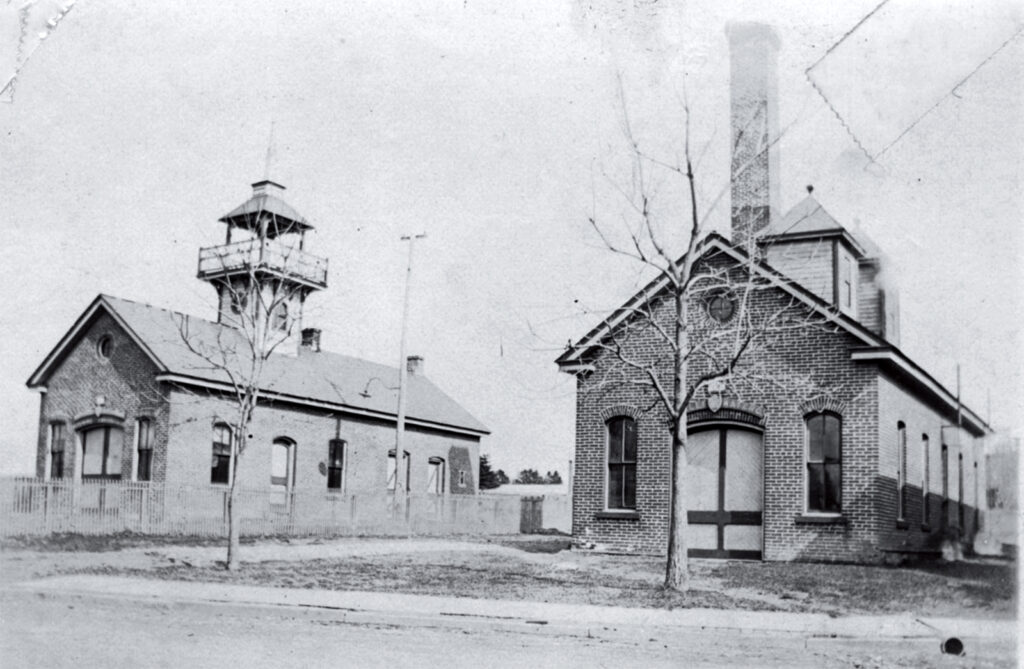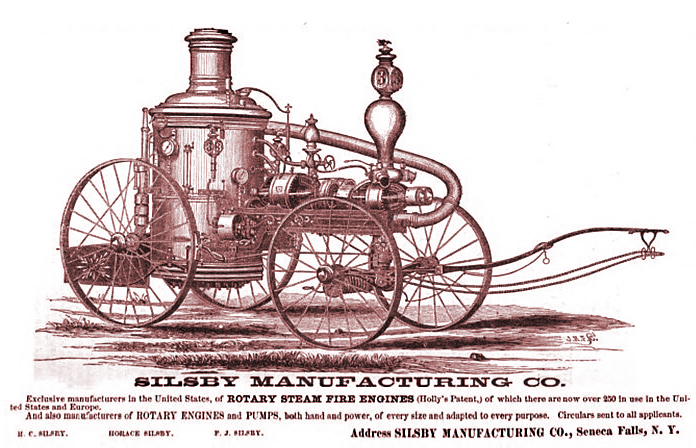Referring again to the Borough Lockup, it is apparent from the borough council minutes that by this time the demand for lodging had become so great that council found it necessary to equip the lockup with benches. mattresses and blankets at a cost of $11.50.
High Constable Weikel, in charge of the lockup, reported at the meeting of March 1, 1871, that he accommodated 29 persons with lodging in the lockup since July 1870, to date, eleven of whom were from Ireland, eight from Germany, one from England, four from the state of New York, one from Maine and two from Pennsylvania. Among them were four females, all Irish.
The reputation of the accommodations at the lockup evidently spread far and wide, for on March 6, 1872 Constable Weikel reported that he had accommodated sixty-six persons from March 4, 1871, to March 1, 1872, one of whom was born in Connecticut, two in England, three in the state of New York, and three in New Jersey, five in Pennsylvania, sixteen in Germany and thirty-six in Ireland. Four of these were females: one American, one English, and two Irish.
There were also four prisoners confined in the lockup within said term.
The popularity of the lockup became so great that in February 1877 the lockup committee reported it in good condition, but too small to accommodate all the applicants for lodging. However, this lockup continued to house the traveling guests of the borough until May 5, 1890, when the building was sold to Mary Axer for $275.
On October 6, 1890, council instructed the lockup committee to proceed at once with the construction of a new lockup on the ground which council had purchased at the rear of the Hose House at Third street and Montgomery avenue.
On November 2, 1891, the lockup committee reported that the new building was completed with the exception that “it wants straw for the beds”, which was supplied on December 7, 1891, along with blankets. This lockup was in operation until recently [1959] when the cells were torn out and it was turned into a storage house for the borough equipment.

Another very important matter was discussed on December 7, 1870, when on motion, the name of Main street was changed to Wales street, Chestnut street to Church street, Washington avenue to Washington street, Broadway to School street and Depot street to Montgomery avenue.
A thorough search of the borough records fails to reveal when Wales street was changed back to Main street.
Fire protection for the town must have been seriously considered by the council at this time, for on May 3, 1871, a photographic show card and descriptive catalogue of the Silsby Engine for extinguishing fire was presented to council by Doctor Kennedy.

As we said at the beginning of these last few articles, we do not intend to quote verbatim every minute contained in the records of council and, therefore, we are only offering those things which we feel are interesting and historical. It must be remembered. however, that during all this time council was busy ordering the laying of sidewalks, all of which were constructed of boards, opening streets, paving streets and in general doing those things which were necessary for the creation of a thriving borough.
Every meeting of council found it necessary to borrow money in order to meet expenses. There was no bank in the borough at that time and it was impossible, therefore, to borrow on the contemplated taxes, so it was necessary at every meeting to appoint a committee, comprising one councilman, to contact a citizen who was public-spirited enough to loan council sufficient money to function. The records show that there were many such citizens.
In April 1872, spring was in the air and the itinerant merchant who went from door to door selling his wares, and the wandering doctor, who parked his show in front of the local livery stable and by the aid of a few smoking oil lamps proceeded to dispense medicine that he guaranteed would cure anything from a wart to a broken bone, arrived in town. The exhortations of the merchant and the echoes of the prognostications of the licorice water dispenser had hardly died down, before the wrath of council, in order to protect the local businessmen, descended on the heads of these nefarious vendors in the form of the following ordinance:
“That no theatrical exhibition or exhibitions of circus performances or menageries, stage plays, rope dancing or other shows or exhibitions of a like nature, or the sale of soap, medicine or other commodity put up in boxes, packages, or otherwise, containing a prize, shall hereafter be allowed within said borough without a license from the borough, which may be granted by the burgess upon the payment of a sum not exceeding ten dollars for the use of the borough, and if any person, or persons, shall attempt to violate the provisions of this ordinance, he or they, so offending, shall forfeit and pay the penalty of not less than five dollars or more than fifty dollars, to be recovered with costs as debts of like sums are now collected.”
This post is sourced from a column entitled Early North Wales: Its History and Its People penned by long-time North Wales resident historian Leon T. Lewis. The article appeared in its original form in the September 8, 1959 issue of the North Penn Reporter
